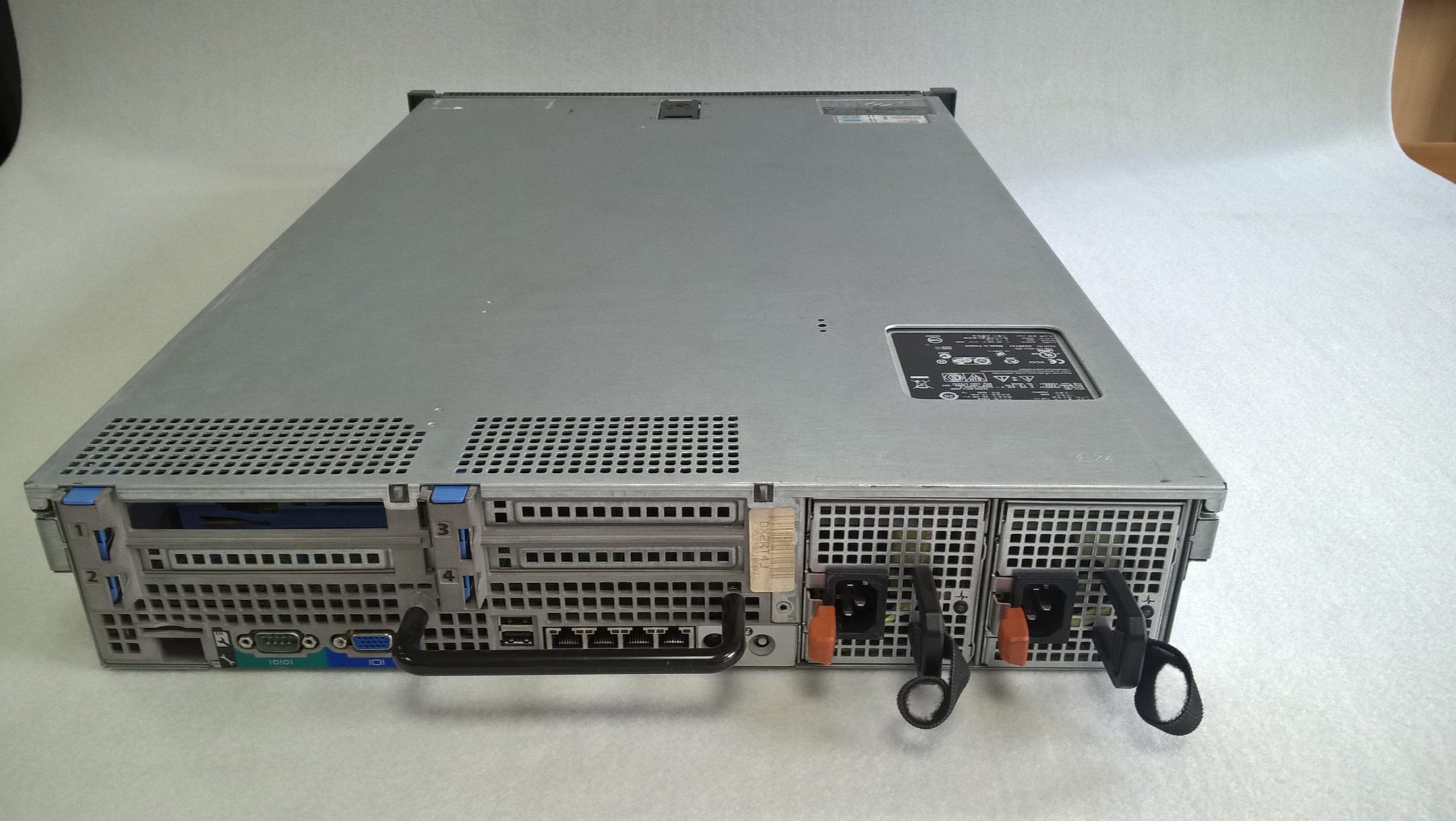Title: Dealing with TrojanDownloader:HTML/Adodb.gen!A: A User’s Guide for Safety and Recovery
Recently, I encountered a troubling issue regarding a cybersecurity threat named TrojanDownloader:HTML/Adodb.gen!A while scanning my computer with Windows Defender. This Trojan appears to be affecting my Discord cache files, raising significant concerns about my system’s safety.
Initially, I noticed the Trojan flagged in two separate cache files linked to Discord, and Windows Defender promptly quarantined these files. In my attempt to eliminate the threat entirely, I clicked on the option to remove them, believing this action would permanently eradicate the malware. However, I wonder if this choice may have inadvertently allowed the Trojan to remain active.
After an anxious few days of uncertainty, I cautiously rebooted my computer, only to discover that Windows Defender flagged the same Trojan once again—this time in two new Discord cache files. This recurring issue leaves me unsure about the best steps to take moving forward.
At this stage, the previously flagged files remain quarantined, but I’m keen to understand what actions I should undertake next. I am open to suggestions and additional guidance, as tackling malware can be daunting, especially for those of us who might not be tech-savvy. If anyone has insights or similar experiences, I’d greatly appreciate your input in the comments section.
Thank you for your time, and here’s to restoring our digital safety!
Share this content:




Dear User,
Dealing with persistent threats like TrojanDownloader:HTML/Adodb.gen!A can be challenging, especially when they reappear after quarantine. Here are some recommended steps to help secure your system:
Finally, remain cautious with files and links, especially from unknown sources, and consider additional security measures like